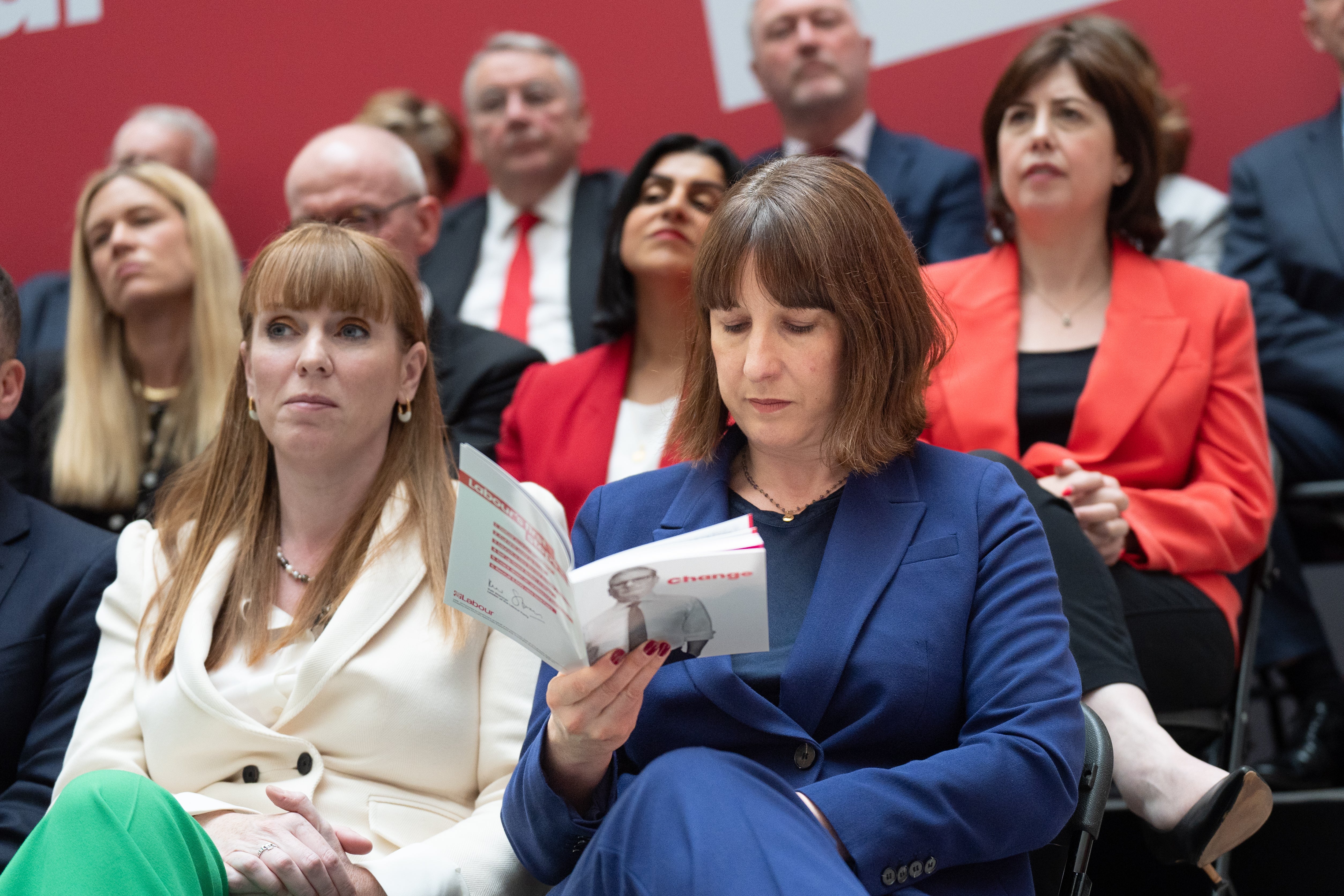Keir Starmer’s manifesto launch: do Labour’s numbers add up?
Labour says it won’t raise taxes or return to austerity while at the same time promising to cut debt as a proportion of GDP. For it to pull off the trick, the economy is going to have to outperform expectations, a trick it has been struggling to pull off


In its manifesto, Labour has correctly identified a key problem: lack of economic growth. Britain desperately needs more of it to properly fund public services while preventing taxes from soaring rapidly.
But while spotting the problem is easy enough, fixing it is another matter.
How does Labour’s manifesto measure up as a form of treatment for this fiscal malaise? The answer is mostly “umm, err...” because the 130-plus pages are deliberately light on detail, with lots of talk about strategising and new agencies that will be, well, strategising.
Keir Starmer has made a firm promise not to increase income tax, national insurance or VAT for “working people” and to freeze corporation tax at 25 per cent. The first claim is more than a little disingenuous at the outset, unless earning just over £50,000 takes you out of the “working people” category, because the freeze on tax thresholds will continue, placing more and more workers in the 40 per cent tax band as wages rise. This “fiscal drag” is an income tax rise by another name.
There is a welcome recognition that the economy needs more investment, a long-term problem that has held it back. There will be some input from the government, but don’t get overexcited. For example, the scaled-back “green prosperity plan” will now top out at £5bn a year.
This spend will be funded in part by a windfall tax on the energy giants and by a bit more borrowing. It should be said that borrowing to invest is good borrowing if you do it well and generate a return. But what we have here is a very modest sum when set against overall public spending. It is nowhere near enough to light up the after-burners of UK plc.
In context, £5bn equates to roughly half the cost of Labour’s plans for free childcare or the triple lock on the state pension (which guarantees an annual increase matching the rate of earnings, CPI inflation or 2.5 per cent, whichever is higher).
There is a promise to retain this totemic (but also very expensive) policy, the cost of which will only go up. However, there is also a review of pensions in the offing, which will probably look at ways to encourage pension funds to invest more of their cash in Britain, among other things. This is where Labour may be talking out of both sides of its mouth: the review really ought to recommend a more sustainable approach, such as an earnings-linked “single lock” now that the problem of pensioner poverty has been substantially addressed.
A more interventionist approach to the economy is welcome, so far as it goes, if all the strategising produces something of value.
However, given that public investment is going to be strictly limited, and we don’t know what the pensions review will produce, Labour still badly needs the private sector to step up. Will that happen?
Reading the manifesto, it is clear that Starmer and Reeves have learned the CEO’s lesson: it’s best to under-promise and over-deliver if you want to keep your job. (Next boss Simon Wolfson, a Tory peer, is the master of that). But even while Labour’s public spending promises are very modest, there are questions to be raised. Labour says it is committed to no tax rises (besides fiscal drag) on working people and an end to austerity. As an incoming chancellor, Reeves will be working with rules preventing current account deficit (which means day-to-day spending is to be funded by revenues) while debt must fall as a proportion of GDP after five years.
The ever-reliable tellers of inconvenient truths at the Institute for Fiscal Studies have highlighted the problem with this; on its current forecasts, there is “literally no room – within the fiscal rule that Labour has signed up to – for any more spending than planned by the current government”. And with warnings that the Tories’ existing plans would have meant a similar level of cuts to those imposed by David Cameron’s government between 2010 and 2015, are we talking austerity 2.0 after all?
Remember that Labour has promised a beefed-up role for the Office for Budgetary Responsibility (OBR), created by George Osborne, to check Reeves’ sums and to ensure that future governments behave “responsibly”.
There is a way out of this, and it is for the economy to perform a lot better than expected. With so little in the way of stimulus in this document, a Labour government will be more or less left to cross its fingers and hope that things come good.
If that doesn’t happen, it will have to either cut hard, raise taxes sharply, or fudge its own fiscal rules. The OBR might have something to say about that.
Join our commenting forum
Join thought-provoking conversations, follow other Independent readers and see their replies
Comments
Bookmark popover
Removed from bookmarks